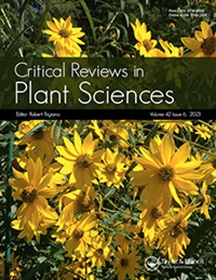枯萎可能会让蜜蜂想要:膨胀压力的下降可能会降低蜜蜂授粉的花朵的生存能力。
IF 5.6
2区 生物学
Q1 PLANT SCIENCES
引用次数: 0
摘要
本文章由计算机程序翻译,如有差异,请以英文原文为准。
Wilting may leave bees wanting: drops in turgor pressure may reduce viability of buzz-pollinated flowers.
求助全文
通过发布文献求助,成功后即可免费获取论文全文。
去求助
来源期刊

Journal of Experimental Botany
生物-植物科学
CiteScore
12.30
自引率
4.30%
发文量
450
审稿时长
1.9 months
期刊介绍:
The Journal of Experimental Botany publishes high-quality primary research and review papers in the plant sciences. These papers cover a range of disciplines from molecular and cellular physiology and biochemistry through whole plant physiology to community physiology.
Full-length primary papers should contribute to our understanding of how plants develop and function, and should provide new insights into biological processes. The journal will not publish purely descriptive papers or papers that report a well-known process in a species in which the process has not been identified previously. Articles should be concise and generally limited to 10 printed pages.
 求助内容:
求助内容: 应助结果提醒方式:
应助结果提醒方式:


